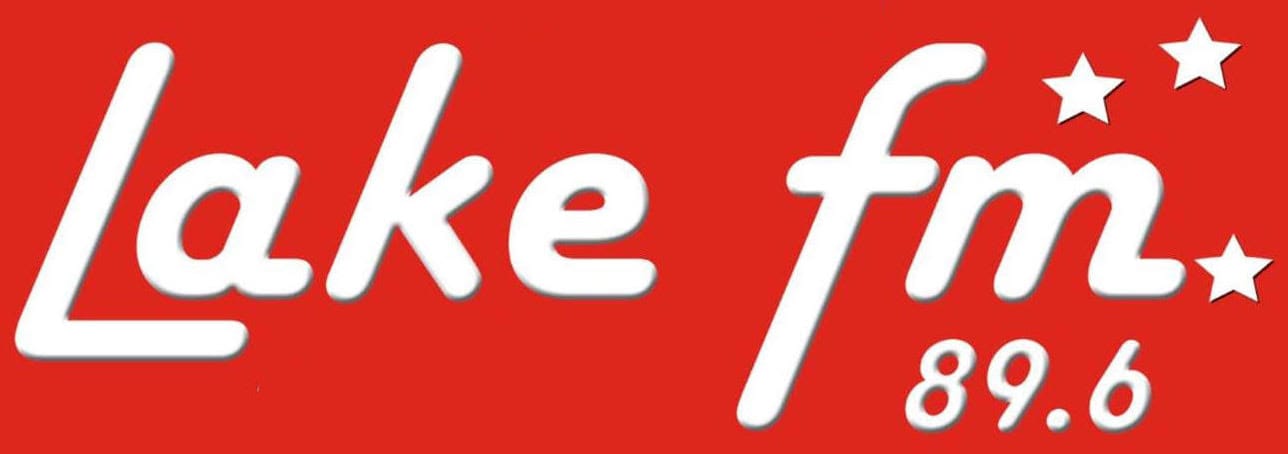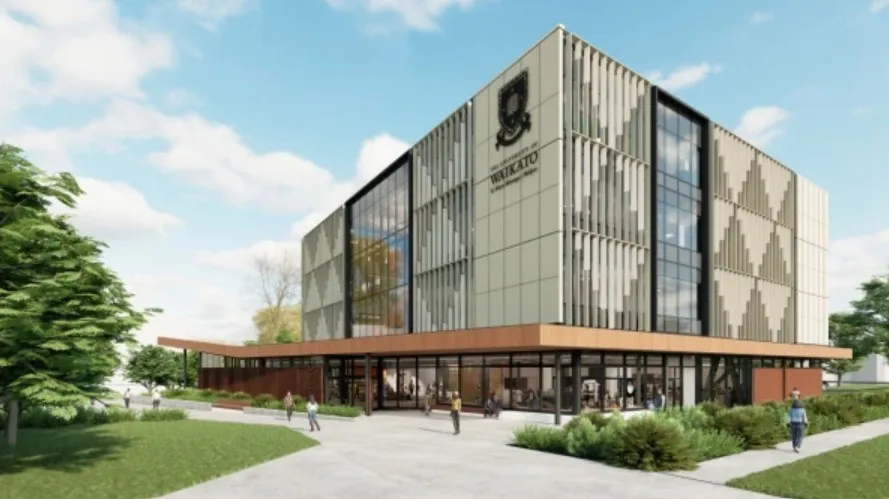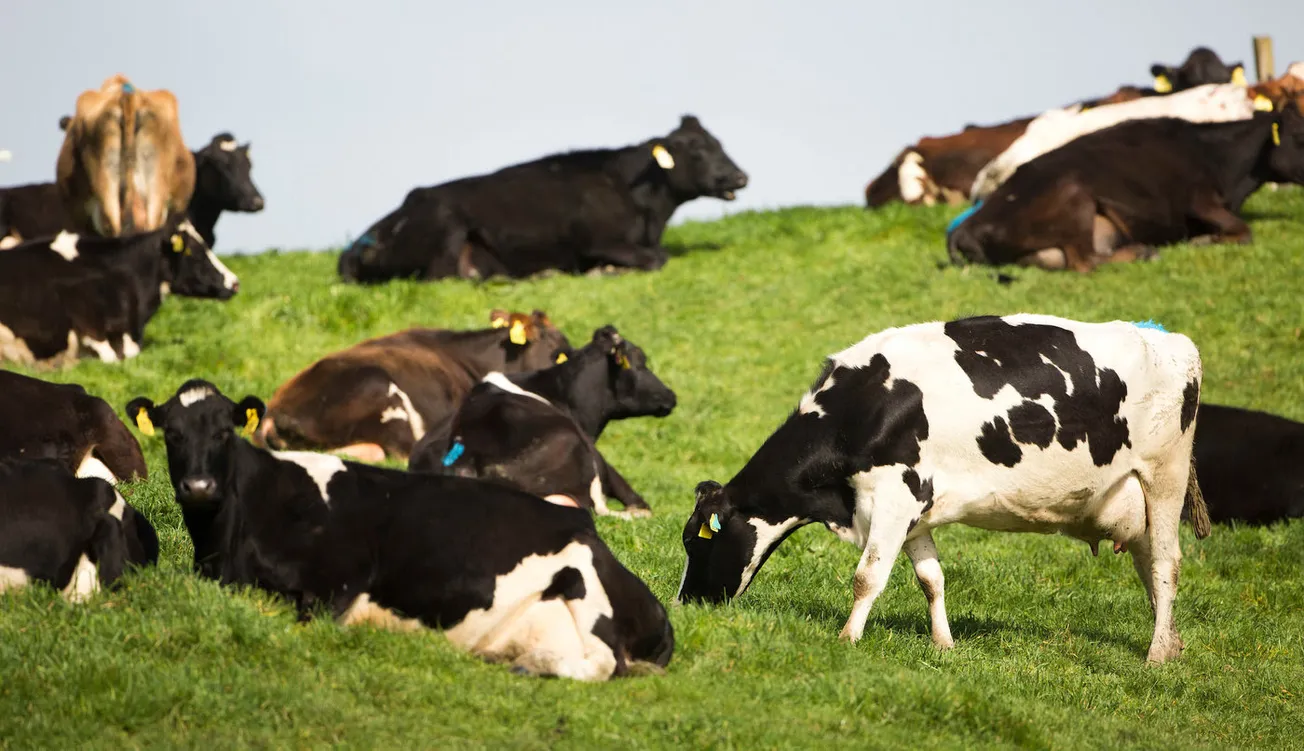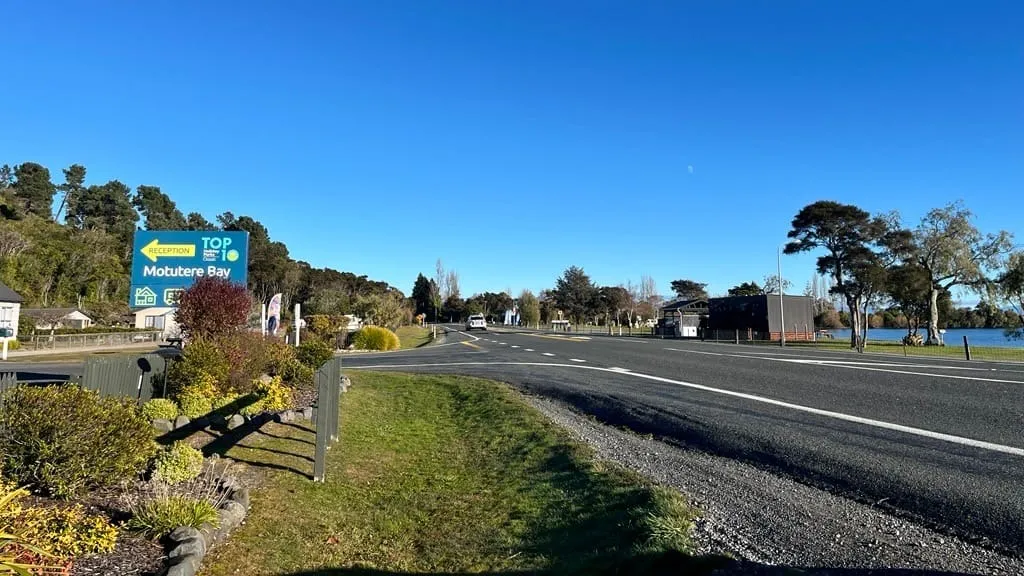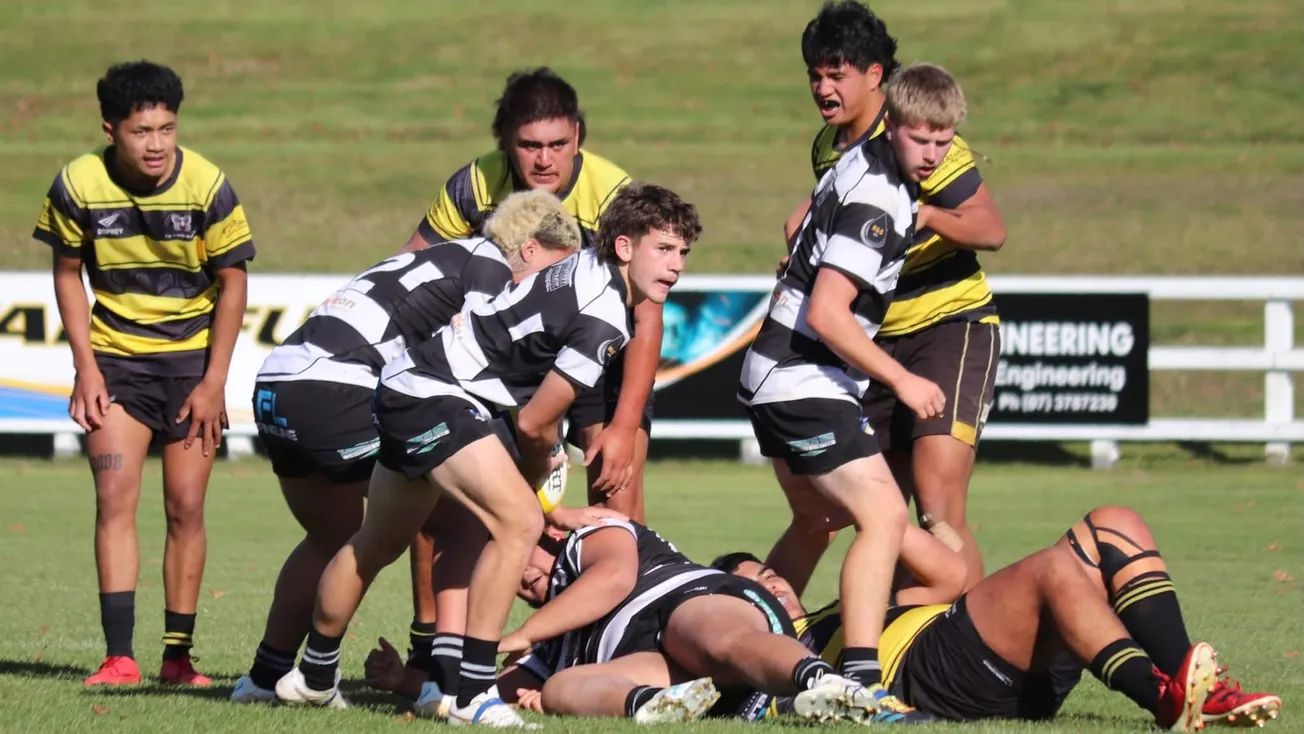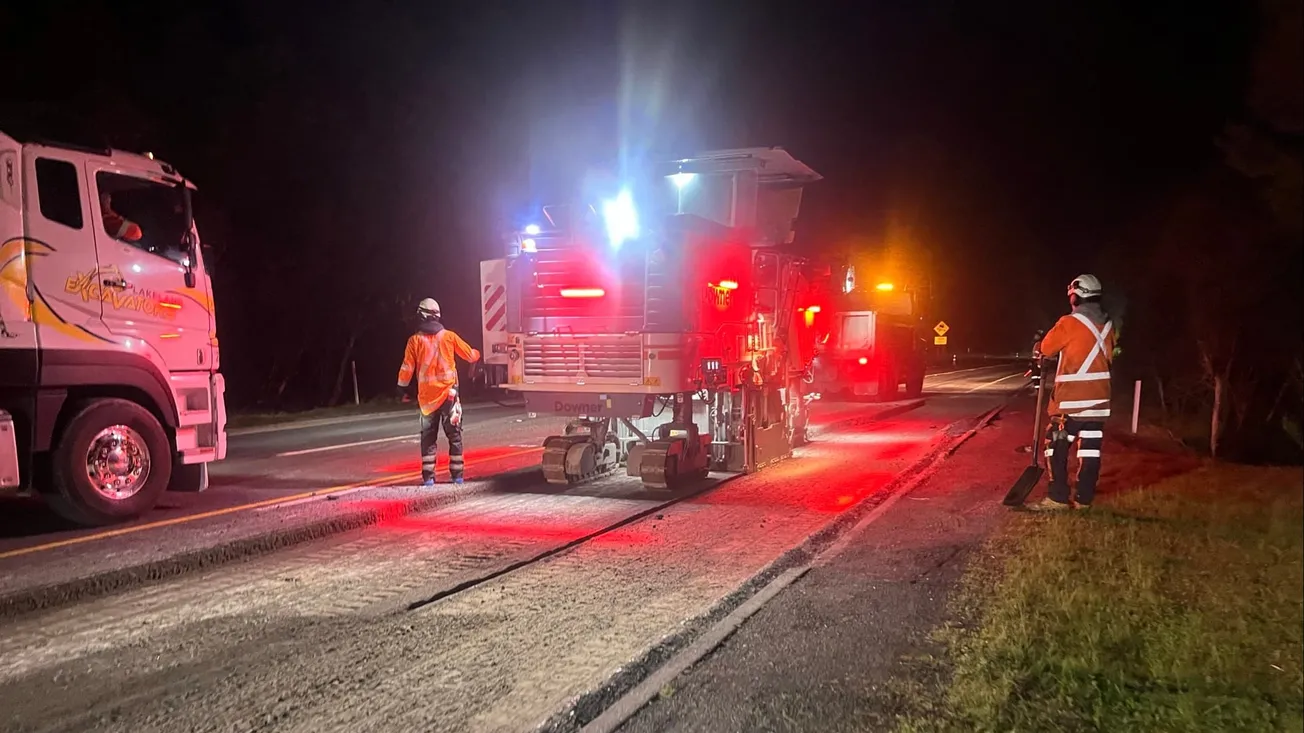Waikato University becoming home to New Zealand’s third medical school will mean more opportunities for students from communities like Taupō, and Tūrangi to train as doctors, as well as better access to healthcare, says MP for Taupō Louise Upston.
On Monday, the government announced Cabinet had approved the business case and $82.85 million in funding for the new school and the establishment of a graduate-entry medical programme at the university.
The university itself is expected to find more than $150m for the project.
Upston calls the decision a “practical, long-term investment in rural health that will make a real difference on the ground” and that she and colleagues had been advocating for it for many years.
She says the new school will help address longstanding workforce shortages, particularly in rural and regional areas.
“The school will have a strong focus on primary care and rural health, supporting the government’s priority of improving access to timely, quality healthcare across the country.
“It will deliver a more flexible pathway into medicine with a graduate-entry programme, attracting a broader range of students and building a stronger, more diverse workforce.”
A release from the university said a graduate-entry curriculum was a proven model of medical education seen around the world. It would provide four years of intensive, practical medical education for students who had already completed a three-year undergraduate degree.
The release said the school would focus on selecting students committed to careers in primary care and who came from underrepresented, underserved Māori, Pacific, remote and rural communities.
In arguing the case for a school based at Hamilton, the university said New Zealand had a critical shortage of doctors, one of the lowest ratios of medical schools relative to population of any country in the OECD and that the country was heavily reliant on overseas-trained doctors though most did not stay in New Zealand permanently.
It also argued that student selection and training models in the two existing medical schools contributed to the country being acutely short of doctors in primary care, particularly outside the main centres.
“A student from a small town is much less likely to aspire to work in their hometown after spending six years in Auckland, Wellington, Christchurch or Dunedin,” said the university.
“Similarly, if most of a student’s clinical experience occurs in a tertiary hospital, they are less likely to choose a primary care specialty. This is evidenced by just one in six graduates of the existing medical schools going on to become GPs.”
Construction and planning for the new medical school’s teaching facilities and clinical placements are expected to begin shortly, with the programme hoping to provide 120 new doctor training places per year from 2028 with the first cohort entering the workforce in 2032 said University of Waikato vice- chancellor, Professor Neil Quigley.
Upston says the announcement builds on the government’s already announced investment in the health workforce, including 100 additional medical school places being added across the Universities of Auckland and Otago over its term, and recent expansion of nursing, pharmacy, and midwifery programmes.
